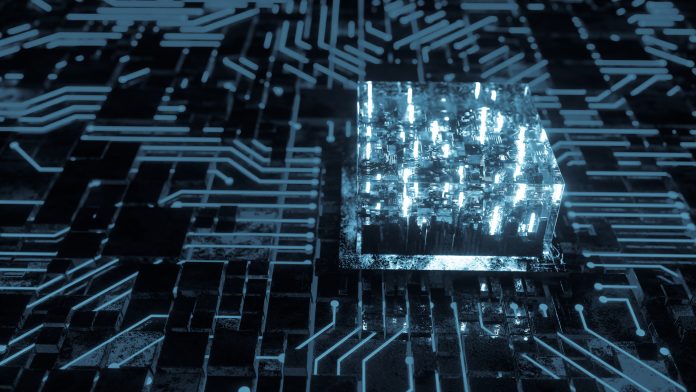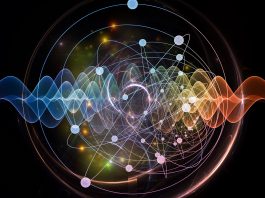A research team from the University of Twente have developed a quantum processor working with light and photons.
What makes this quantum processor ‘better’?
The latest version not only has more inputs and outputs, but it can also be fed by a photon source that is able to produce identical photons. This means that physical experiments, sometimes counterintuitive ones, are now possible for scientists to conduct. For example, quantum mechanics and thermodynamic behaviour now has the potential to be observed simultaneously.
How can scientists successfully utilise this discovery?
If researchers want to perform quantum calculations using light, then the source must be considered first, and the photons utilised have to be as identical as possible. This is because, if they are not indistinguishable, then typical quantum properties like entanglement and superposition will not be feasible.
For example, if one proton is of a slightly different colour than the other, there is a risk that quantum properties will not come forward and calculations are not plausible.
What experiments have been conducted utilising this processor?
In his thesis, Van der Meer presents a three-photon source based on titanyl phosphate (KTP) that can, in its current version, be upgraded to 11 photons that are very identical.
Meer conducted his experiments on a system with 12 inputs and 12 outputs. In between, there is a system of light-conducting channels, which were made of silicon nitride that is known for its extremely low losses. The first processor of this type had eight inputs and eight outputs, and the discovery that the photonic circuit could be used for quantum experiments was accidental.
The photons move through the channels, with many channel splitters. These ‘switches’ can be geared from the outside, by local heating. By doing so, a photon can be sent from one mode to another, but also somewhere in between, following the typical quantum phenomenon of superposition.
The advantage of this processor is that it works at room temperature, as well as the photons. The advantage is that the photon ‘quantum bits’ are more robust and less noisy than superconducting qubits. Measurements at the 12 outputs shows what has happened in all channels along the way.
Thus, due to the superior photon source and larger quantum processor, Van der Meer was able to conduct multiple experiment, including one about the retention of information.
How will this further scientific knowledge?
Quantum mechanics is a theory that stays constant in terms of information: through time, two systems will not look more similar. Thermodynamics, however, is a theory losing information: two systems will, in time, look more and more similar. This means that, typically, quantum mechanics and thermodynamics cannot be true at the same time.
However, a system that shows quantum mechanic behaviour as a whole can have thermodynamic subsystems. So, there must be a way for information to escape within the larger system.
Therefore, further development of the photonic quantum processor will be conducted by a UT spinoff company called Quix Quantum. This company already sold a number of processors to research groups in the world, which it aids them in gaining experience with conducting experiments with this novel quantum processor.









